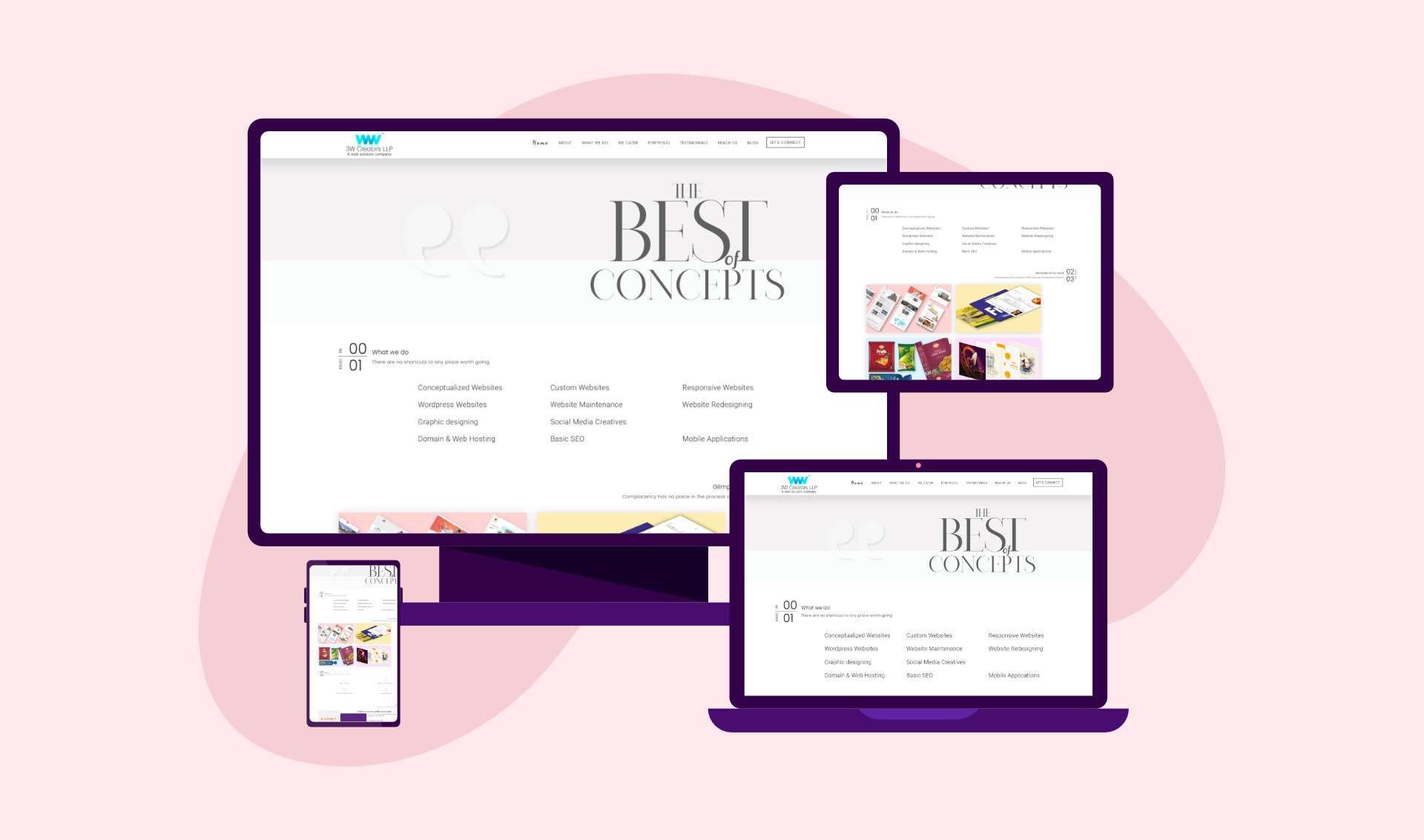User Experience (UX): A responsive website adapts to different screen sizes and devices, providing an optimal viewing experience for users. This means that whether someone is browsing on a desktop computer, tablet, or smartphone, they can easily access and navigate your site without having to zoom in or scroll horizontally.
Adaptability
Responsive design ensures that your website’s layout, content, and functionality adjust fluidly to accommodate various screen sizes and resolutions. This adaptability is crucial in today’s multi-device world, where users access the internet from a wide range of devices, including desktop computers, laptops, tablets, and smartphones. A responsive website seamlessly transitions between these devices, providing users with a consistent and optimized experience regardless of the device they are using.
Ease of Navigation
On a responsive website, navigation menus, buttons, and links are designed to be easily clickable and accessible on any screen size. Users don’t have to struggle with tiny buttons or menus that are too small to read or interact with. Instead, they can effortlessly navigate your site and find the information they’re looking for, leading to higher engagement and satisfaction.
Content Readability
Responsive design prioritizes readability by ensuring that text, images, and other content elements are displayed appropriately based on the screen size. Text is resized and reflowed to remain legible without requiring users to zoom in or scroll horizontally. Images and multimedia content are optimized to fit the screen without losing clarity or detail. This enhances the overall user experience and encourages users to consume more content on your website.
Faster Load Times
Responsive design often involves optimizing images, code, and other resources to improve loading times on mobile devices. Faster load times are crucial for providing a smooth and enjoyable user experience, especially on slower mobile connections. By prioritizing performance and speed, responsive websites minimize user frustration and increase engagement and retention rates.
Consistent Brand Experience
A responsive website ensures that your brand’s identity, messaging, and visual elements remain consistent across all devices. Whether someone is visiting your site on a desktop computer or a smartphone, they should encounter the same branding elements, such as logos, colors, fonts, and imagery. This consistency reinforces brand recognition and trust, strengthening your brand’s overall impact and influence.
In essence, responsive design plays a pivotal role in shaping the user experience by making websites adaptable, easy to navigate, readable, fast-loading, and consistent across different devices. By prioritizing user experience through responsive design, you can create a positive and memorable interaction with your audience, driving engagement, loyalty, and ultimately, business success.

